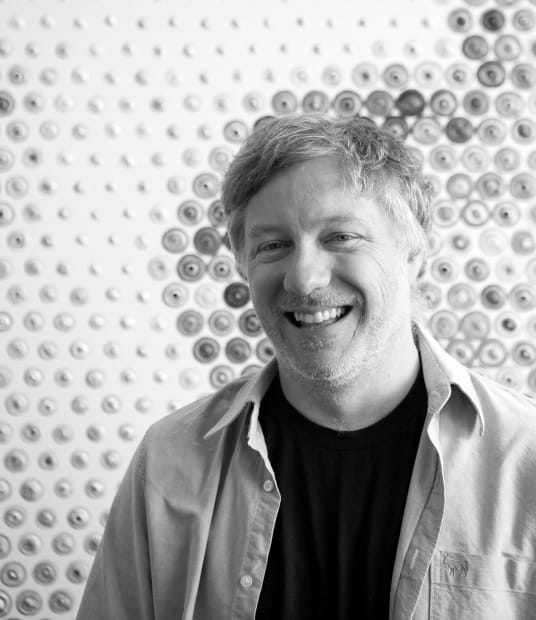-
About Gavin Rain's work
Up close, Rain’s paintings consist of small concentric dots painted in different colors of acrylic paint. From a distance your eye puts these colors together into one. The further the viewer steps back, the more clear the portrait becomes. He starts his paintings by making a sketch of the portrait he wants to paint. To decide the place of the dots on the canvas, he either uses a grid, made of strings, or projection. The grid takes about ten hours to make, but is more accurate then using projection, so Rain still uses both techniques. Then he picks the colors for the final dots. He starts by deciding the final color that he wants a dot to be and starts working backwards. Rain has a list of 14.000 different dots that he has made. Out of this list, he picks the combination that creates the color he wants.
Another important part of the technique is changing each dot size.
The white canvas Rain uses as a background means that the smaller the dot, the more white background around it. So the bigger the dots, the darker an area gets and the smaller the dots, the lighter the area becomes. This, combined with the distant final color each dot makes is how the image is created. However, the colors of separate dots will merge together into a new color as well. So, it's not just each dot but also a combination of dots that makes the color.
-

Gavin Rain
Past viewing_room


